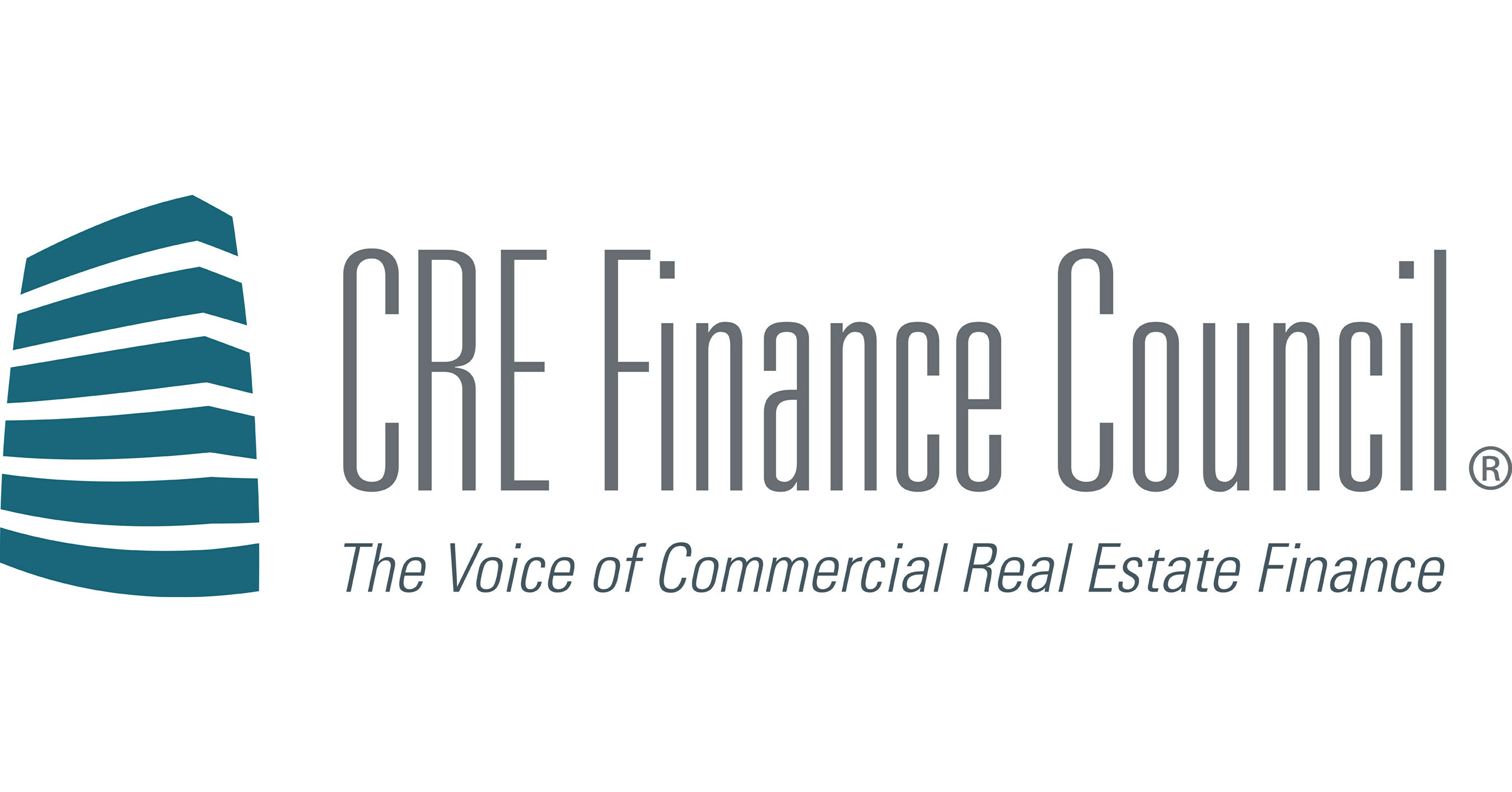C
onfidence is returning to Phoenix’s commercial real estate market after a period of uncertainty.
The Arizona State University Center for Real Estate and Finance’s latest Commercial Broker Sentiment Index (CBSI) posted a reading of 62.7, the highest broker confidence level since interest rates began rising. A score above 50 signals optimism; below 50 indicates contraction. In October 2022 the index hovered just above 30, so the current 62.7 reflects a moderate but growing belief that the market will continue to improve into 2026.
The CBSI is built on more than a decade of broker survey data. It asks local experts how they view leasing, sales and investment activity over the next six months. The index’s forward‑looking nature makes it a useful gauge for market health. With the latest reading, brokers feel that Phoenix’s commercial real estate is expanding and that conditions are improving.
ASU’s Center for Real Estate and Finance, housed in the W. P. Carey School of Business, is the brain behind the survey. Its mission is to bridge ASU, its students, and the broader real‑estate community. The center operates on three pillars:
* **Research** – The broker sentiment survey is one of several projects, including a planned developer‑sentiment survey and studies on real‑estate finance and housing affordability.
* **Education** – The center supports ASU’s Bachelor of Science in Real Estate and Applied Finance, the minor in real estate, the master’s in real‑estate development, the MBA real‑estate concentration, and executive‑education programs. New initiatives such as a land‑acquisition certificate are in development.
* **Engagement** – The center connects students and research to industry through guest lectures, club events, community programs, and symposia. This month it hosted its first Real‑Estate Finance Symposium and will sponsor a land‑use law and planning conference in Los Angeles in January.
Tom Johnston, executive director, explained that the center’s research efforts already include a broker‑sentiment survey and that a developer survey is forthcoming. He emphasized the importance of mentoring, career development, and applied experiences for students, and that the center regularly consults industry leaders on the skills they seek in graduates.
The CBSI survey itself evolved from a 2013 initiative led by Mark Stapp. In 2023, with research economist Robert Martin, the survey was expanded to include seven asset classes—office, industrial, medical office, capital markets, multifamily, retail, and land—and refined with deeper, more meaningful questions. The six‑month, forward‑looking index now captures broker confidence across these categories. The current score of 62.7 shows moderate optimism; in 2019 it approached 70, during the pandemic it fell below 50, and in 2022 it dipped into the 30s amid rate hikes. Over the past two years confidence has steadily rebounded.
Nationally, NAIOP conducts a broker survey twice a year, but the ASU index is far more comprehensive. Phoenix is the only metro area producing data at this depth. The brokerage community has responded enthusiastically; a 22.5 % response rate is excellent for this type of survey. Brokers see the data as useful for internal strategy, client discussions, investor relations, and property‑owner outreach. Some firms have requested that the survey be replicated in other markets, but that would require a local champion in each city.
Key findings from the most recent survey, discussed in a forum with 26 brokers from 17 firms, highlighted the following:
* **Multifamily** – Inventory remains high, affordability is a persistent challenge, but a slowdown in construction coupled with population growth supports long‑term demand. The lack of new buildings has helped keep affordability somewhat in check.
* **Retail** – Retail is performing well and has been underbuilt for more than a decade. When certain types of retail are developed, they lease quickly. Retail demand follows population growth.
* **Office** – Brokers now differentiate “Premium Class A” as its own category. Projects such as Tempe Town Lake, the Esplanade, and Scottsdale Quarter command higher rents and stronger occupancy than older, less‑feature‑rich buildings.
* **Capital markets** – The market is trending positive. Interest rates are easing, and the spread between real‑estate lending rates and the 10‑year Treasury has tightened, fueling optimism among investors.
Brokers also discussed broader economic factors. Interest rates are moving downward, compressing spreads and enabling more deals. Artificial intelligence is emerging as a powerful analytical tool, helping brokers process large data sets more efficiently, though its full impact is still unfolding. The overall economy is viewed positively, but uncertainties remain around tariffs, regulation, and layoffs. Phoenix’s diversified economy and population growth are seen as stabilizing forces.
Looking ahead, Phoenix is projected to add roughly 1.1 million residents over the next 15 years—roughly the size of Tulsa or Tucson added to the metro area. The challenge is determining where these people will live, work, and play. Will the city grow denser and more urban, or will it continue to sprawl outward? The answer hinges on regulation and public policy, including water, transportation, land availability, and energy. Environmental concerns—heat, air quality, and sustainability—also shape growth decisions. As a third‑generation native, Johnston notes that increased concrete and asphalt make the city hotter and less sustainable, and air quality is a growing challenge.
Despite these challenges, Phoenix’s growth trajectory remains strong. Major developments such as TSMC are creating multiplier effects that increase demand for housing, retail, and services. The East Valley is experiencing similar momentum. The key for the city is to manage this growth wisely, balancing density, infrastructure, and environmental stewardship while capitalizing on the opportunities that a rapidly expanding market presents.














